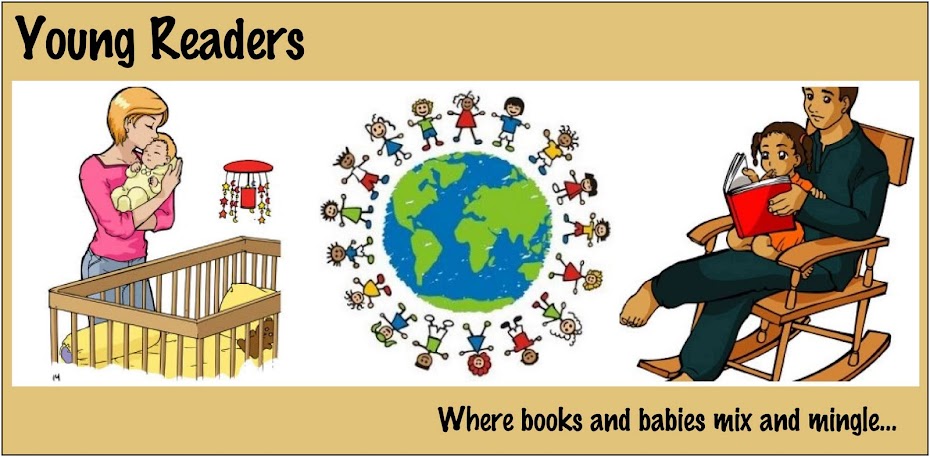First sentence: John first saw Jan, the German boy, on the day of the visit to the munitions factory.
Premise/plot: John, our young hero, barely remembers his father who is away fighting in the Great War (aka World War I). His mother--like many other mothers, many other women--is working at a factory. John's mother is working at a munitions factory. John is told by many different people, many different times that he too is at war though he is but a child. He is being told that he should hate his enemies--the Germans--and pray for their destruction and the end of the war. But John has a hard time putting this into action. Aren't the Germans people too? Don't the German soldiers have little boys and girls at home? Don't the German wives miss their husbands? John isn't the only one questioning the war...others of all ages are protesting too.
My thoughts: The text itself doesn't explicitly say that this is set in England during the first world war--1914-1918. It wasn't until I was reading the summary on GoodReads that it was confirmed that it definitely was World War I. I was hoping that this was the case. Because if it was about the second world war, I would have had MAJOR, MAJOR, MAJOR issues. What we do learn from the text is that the enemy is Germany.
I wouldn't say this is my least favorite war book with the "agenda" that WAR IS BAD and that no war is worth fighting or justifiable. (I'm not pro-war. I'm just not anti-war. I think sometimes war is the last and only solution. In other words, some wars are sometimes mostly justifiable.) Knowing that it is specifically about World War I, helped me calm down from my initial reaction.
Quotes:
“They are German children, children. I have been there. I have seen them. They are children, just like you. They have fathers, they have brothers, they have sisters, they have mothers just like you.” Then he was down on the ground and the papers were scattered and the men were punching and kicking and McTavish was guiding the children away. “There are no monsters!” yelled Gordon in a strangled voice. “There are only lies! There is no need for war!”
© 2020 Becky Laney of Young Readers














